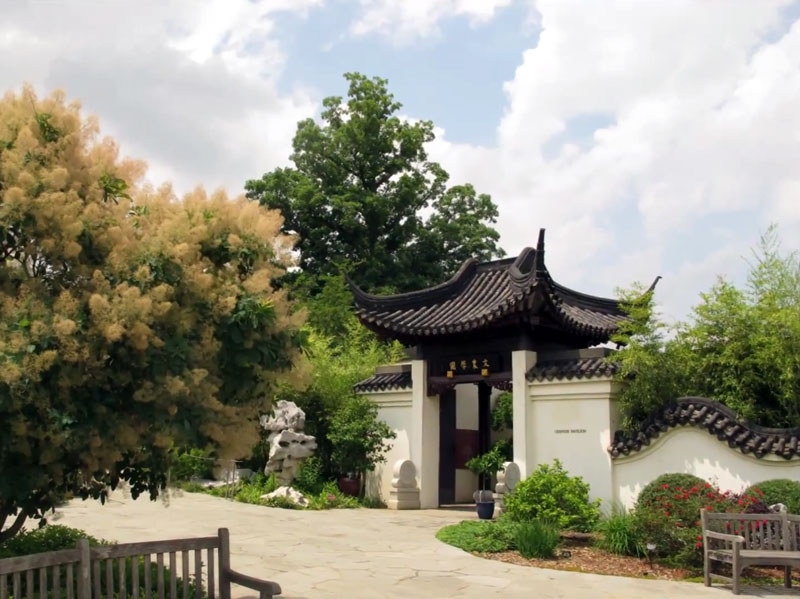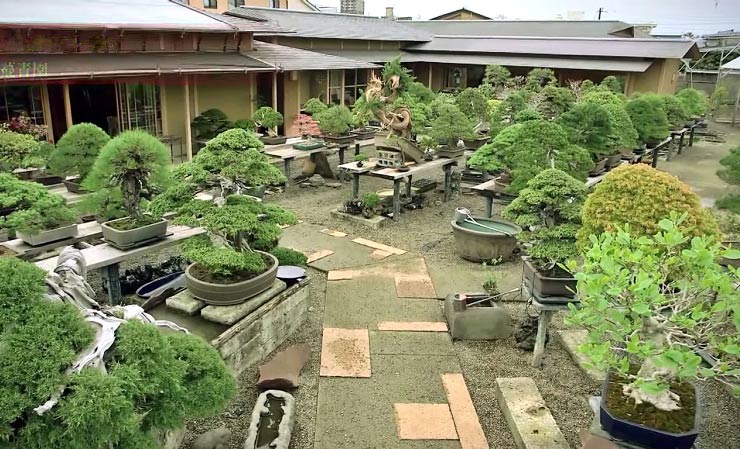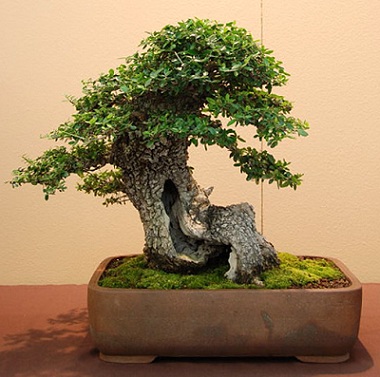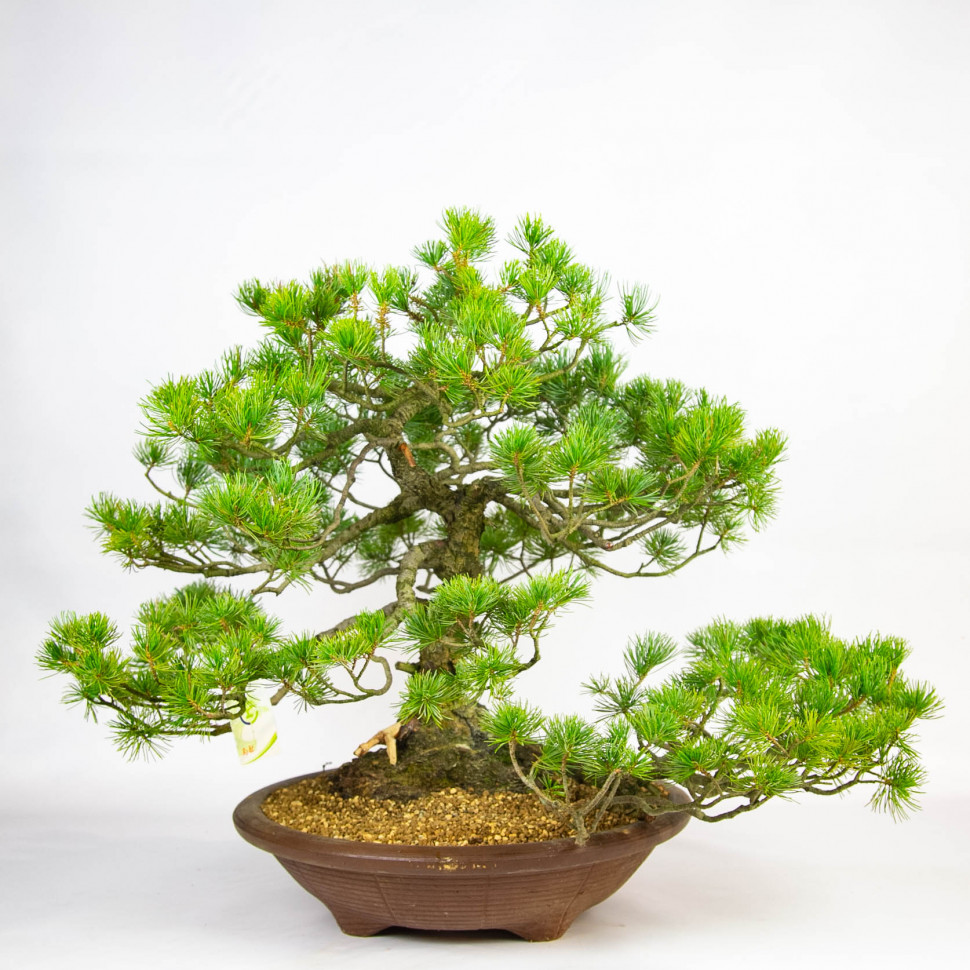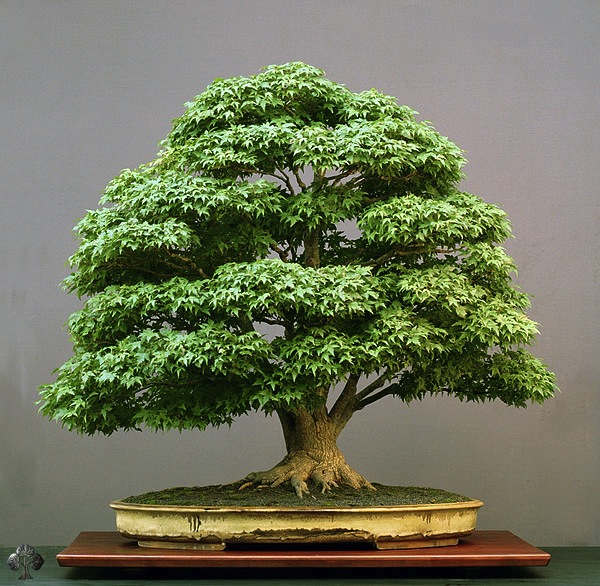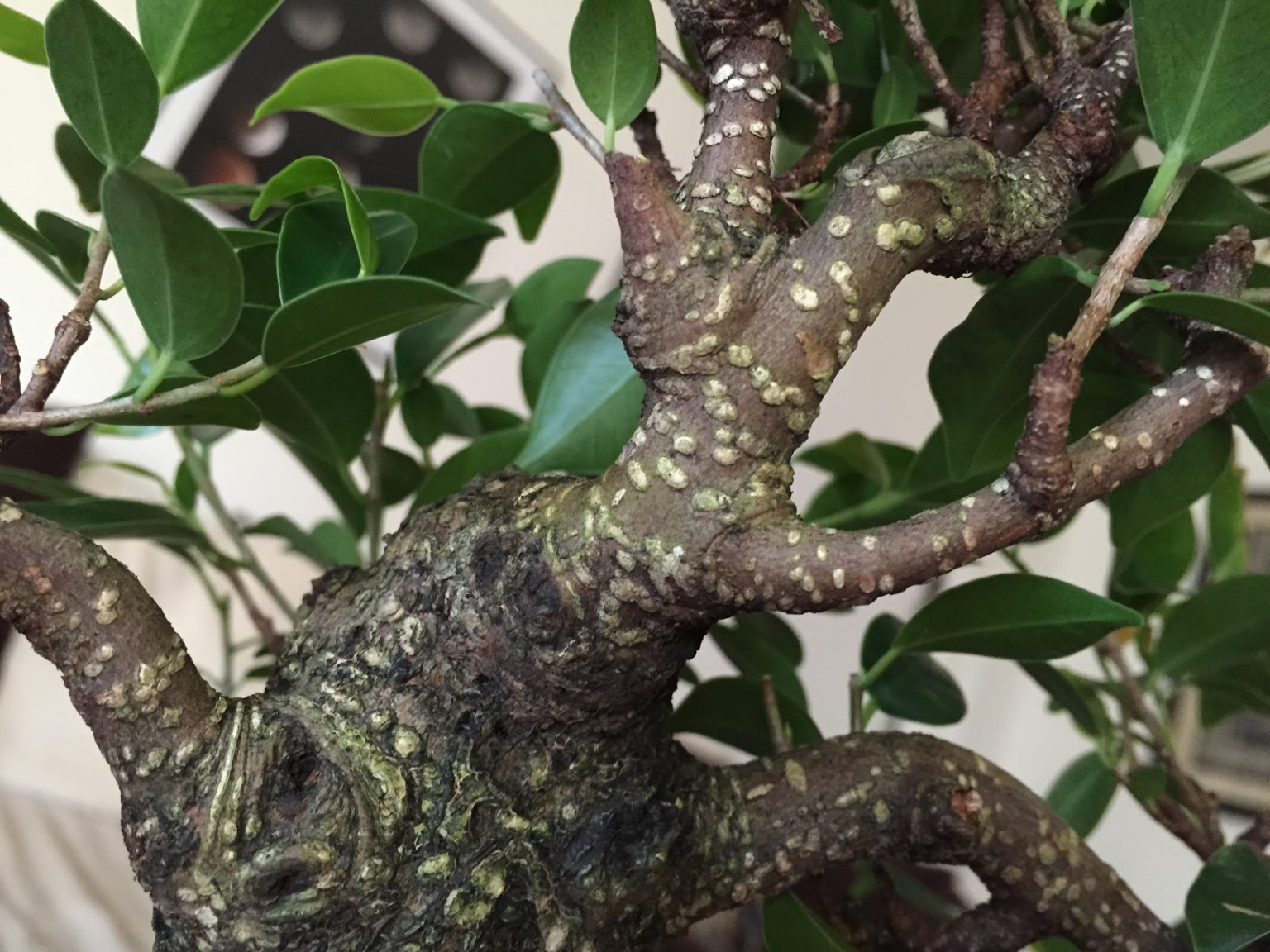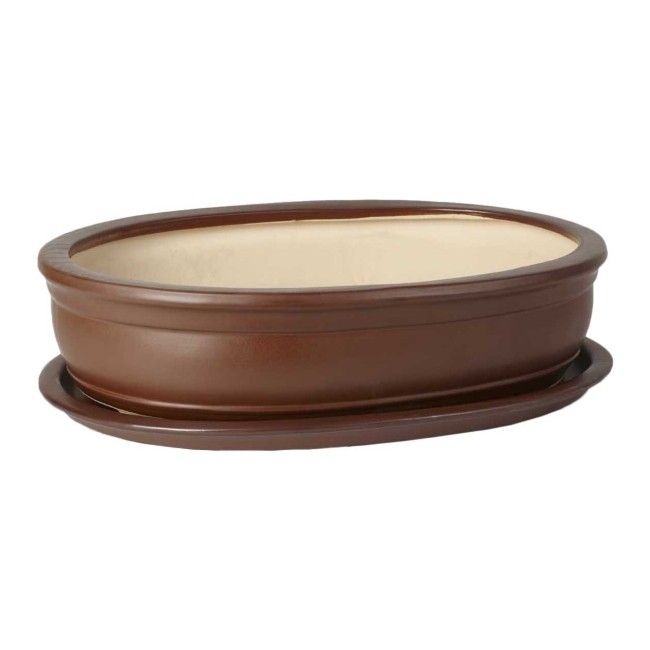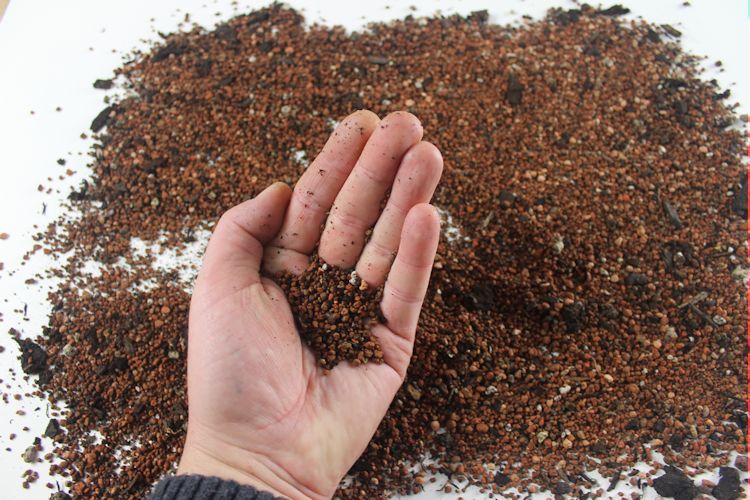Ficus belongs to the mulberry family (Moraceae). Breeders have bred a large number of species of this plant, which grow well in indoor conditions. It has a trunk with light gray-beige bark, a branched crown and numerous aerial roots.
Ficus Benjamina, also known as Ficus Natasha, tolerates indoor conditions well, does not require special care and is well suited for forming bonsai.
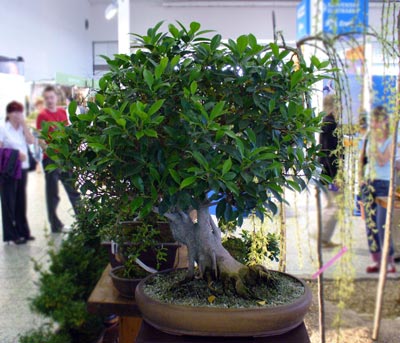
Soil:
Equal proportions of clay soil, transplant soil and sand. It is advisable to leave the composition of the substrate unchanged. Renew the soil at each transplant.
Lighting:
Light-loving plant. Requires bright light with shading from direct sunlight. In summer it can be placed outdoors.
Temperature:
Moderate throughout the year. Tolerates temperatures within the range of 12-18° C.
Watering:
In summer, water abundantly, in winter - moderately with settled tap water. Daily spraying is necessary, use boiled water for this, as it does not leave marks on the leaves.
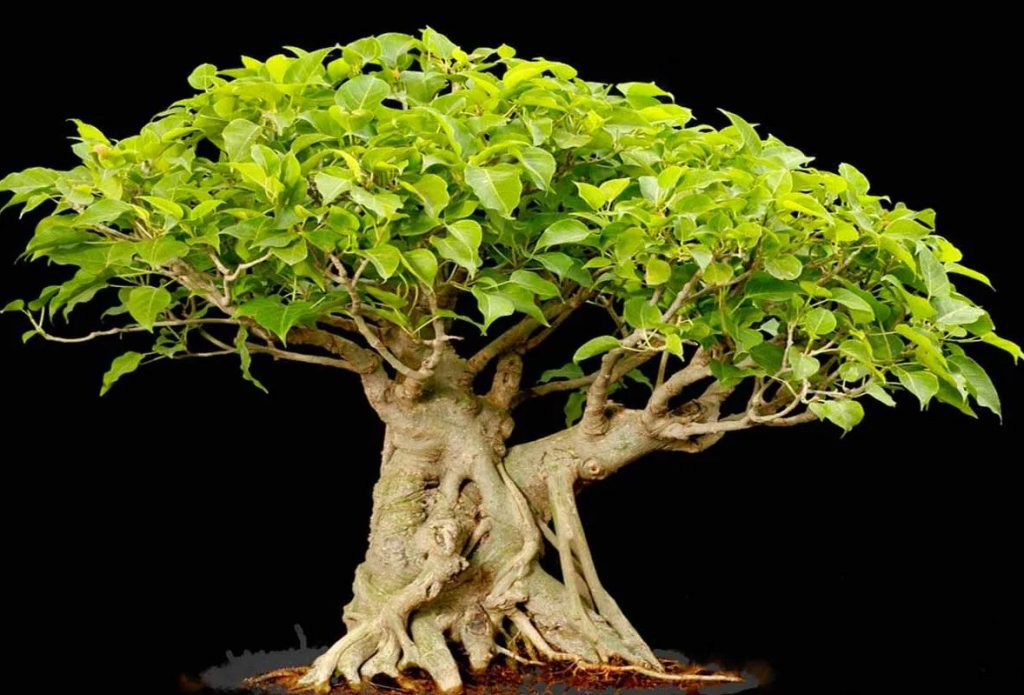
Top dressing:
In spring and summer, generously feed with organic fertilizers for bonsai. In winter, the need for feeding is reduced by half.
Formation:
Ficus Benjamina is easy to shape, which allows you to use weight styles. Even old branches remain elastic, so you can use wire to give them the desired direction. Remove the wire after 6-8 weeks, this is usually enough to take shape. Long shoots should be pruned according to general rules.
Purchasing a plant:
Please note that this type of leguo is propagated by cuttings. Regular stores have a large selection of unformed ficus. Also, it will not be difficult to find a bonsai of Ficus Benjamin.
Pests and diseases:
It is susceptible to attack by scale insects and spider mites, which cause yellow spots to appear on the leaves, which then fall off.

